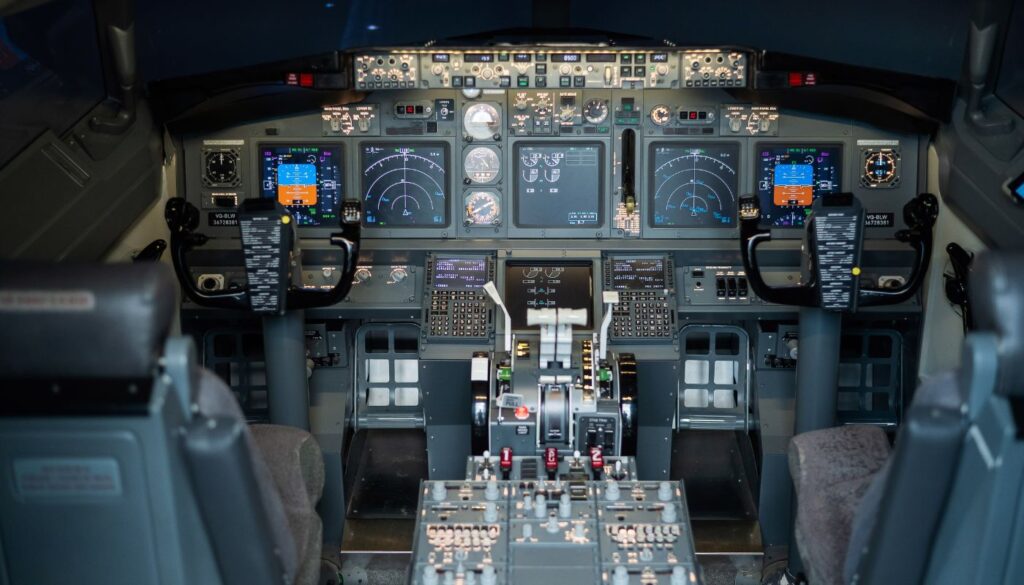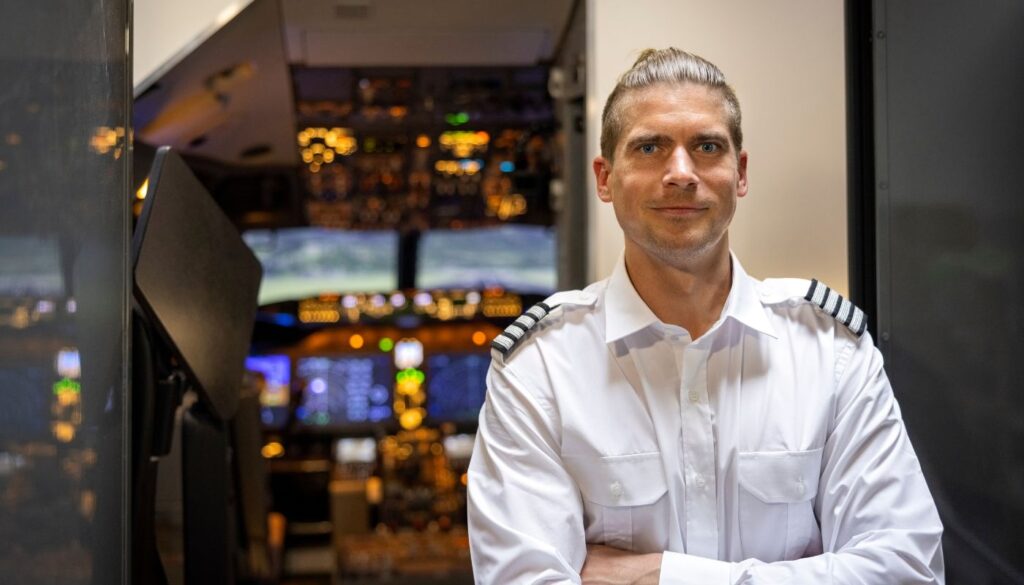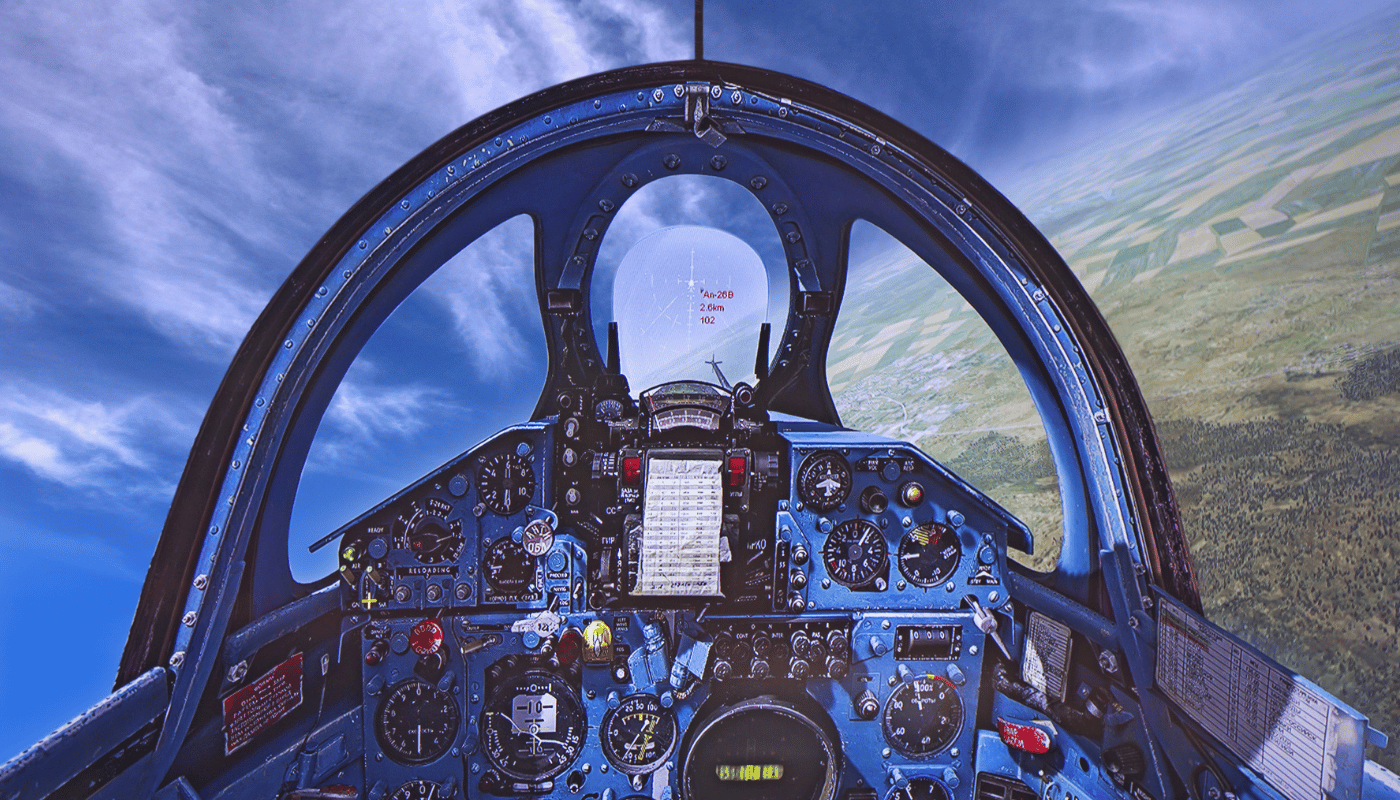Embarking on the journey of building a flight simulator can transform your passion for aviation into an immersive reality right from your home. Whether you’re an aspiring pilot, an aviation enthusiast, or a gamer seeking the ultimate flight experience, this guide will navigate through the essentials. Discover the tools, techniques, and insider tips needed to construct a flight simulator that elevates your flying dreams to new heights. Get ready to soar through the skies of your imagination!
Choosing the Right Hardware Components
Building a flight simulator at home is an exhilarating project that can bring the vast skies into your room. However, the success of this endeavor largely hinges on selecting the appropriate hardware components. The core of your setup will be a powerful computer that can handle the demanding graphics and processing needs of flight simulation software. This means prioritizing a high-performance graphics card and a processor capable of delivering smooth, uninterrupted experiences.
Equally important is the choice of controls that will serve as your cockpit’s command center. A high-quality yoke or joystick, rudder pedals, and throttle quadrant are essential for an immersive flight experience. These components should offer precision and durability, as they will be your primary interface with the virtual skies. The market offers a range of options, from entry-level gear to professional-grade equipment, allowing you to tailor your setup to both your ambitions and budget.
Key Considerations for Flight Simulator Hardware
When assembling your flight simulator setup, pay close attention to compatibility. Ensure that your chosen components can seamlessly work together and with your simulation software. Furthermore, consider the scalability of your system. As your passion for flight simulation grows, you might want to expand your setup with additional monitors, more sophisticated controls, or other peripherals like instrument panels. Planning for future upgrades will save you from the need for costly overhauls down the line.
- High-performance graphics card for rendering detailed landscapes.
- Powerful processor to ensure smooth simulation experiences.
- Quality yoke or joystick and rudder pedals for realistic control.
- Throttle quadrant for precise power management.
- Compatibility and future scalability of the system for upgrades.
Designing the Simulator Cockpit Layout
Creating a flight simulator at home starts with a well-thought-out design for the cockpit layout. This space is where you’ll spend hours piloting through virtual skies, so comfort and realism are key. Begin by deciding whether you want a generic setup that can adapt to different types of aircraft or a replica of a specific cockpit. The latter will offer a more immersive experience but requires more detailed planning and potentially higher costs.
Consider the essential components: the pilot’s seat, control panels, instrument panels, and visual display. The seat should be comfortable for long periods, resembling an actual pilot’s seat as closely as possible. For the control panels and instrument displays, accuracy is crucial for a realistic experience. These can range from simple computer screens showing flight data to complex arrays with interactive switches and gauges. Lastly, the visual display, which might be a single large screen or multiple monitors arranged to provide a panoramic view, is vital for simulating the outside world.
Space and budget constraints will influence your cockpit design. However, even within a small space or budget, you can achieve an impressive level of realism by focusing on the details that matter most to you. Whether it’s the tactile feedback of the controls or the accuracy of the flight instruments, prioritize these elements in your design.
Key Components for Your Simulator Cockpit
| Component | Description | Considerations |
|---|---|---|
| Pilot’s Seat | Comfortable seating that mimics the feel of a real pilot’s seat. | Ergonomics, adjustability |
| Control Panels | Physical or virtual panels that include all necessary flight controls. | Layout, realism, compatibility |
| Instrument Panels | Displays critical flight information, such as altitude and speed. | Accuracy, readability, responsiveness |
| Visual Display | Provides the visual cues necessary for flying, simulating the view from the cockpit. | Size, resolution, field of view |
| Sound System | Delivers the ambient sounds of the aircraft and environment for an immersive experience. | Quality, surround capability, realism |
Software Selection for Realistic Experiences

Choosing the right software is paramount in creating a home flight simulator that offers a truly immersive experience. The market boasts a variety of flight simulation software, each with its unique features, realism levels, and aircraft selections. The key to selecting the best software lies in understanding your objectives for flight simulation. Whether you’re a budding pilot seeking practical training or an enthusiast aiming for a realistic flying experience, the choice of software can make all the difference.
Among the top contenders in the realm of flight simulation software, Microsoft Flight Simulator stands out for its cutting-edge graphics and expansive aircraft roster. For those more inclined towards combat simulation, DCS World offers unparalleled realism in military aircraft operations. Meanwhile, X-Plane is widely acclaimed for its realistic flight dynamics and system depth, making it a favorite among aviation professionals and hobbyists alike. It’s essential to weigh factors such as graphical fidelity, system requirements, and the diversity of aircraft and scenery available when making your selection.
Additionally, the community and support surrounding a flight simulation software can greatly enhance your experience. Large, active communities contribute to a vast repository of custom modifications (mods), tutorials, and free updates that can significantly expand and enrich your flight simulation experience. Compatibility with hardware accessories should also be considered to ensure a seamless and integrated setup.
Key Considerations for Choosing Flight Simulation Software
- Objectives and interests in flight simulation
- Graphical quality versus system requirements
- Range and realism of aircraft and scenery
- Community support and availability of mods
- Hardware compatibility and integration
Integrating Controls and Instrument Panels
Building a flight simulator at home is an ambitious yet rewarding project that can bring the skies within your reach. At the heart of this endeavor is the integration of controls and instrument panels, which are crucial for an immersive and realistic flying experience. The first step in this process is selecting the right hardware. Flight yokes, rudder pedals, and throttle quadrants are essential for simulating the control feel of real aircraft. Additionally, incorporating force feedback can greatly enhance realism by providing tactile feedback in response to environmental factors and flight dynamics.
Next, instrument panels play a pivotal role in navigation and aircraft operation. Advances in technology have made it possible to replicate these with high fidelity through software solutions that render gauges, dials, and readouts in real-time. Enthusiasts can choose between software that runs on dedicated screens within the cockpit setup or on tablet devices that simulate specific instruments. This flexibility allows for a customized simulation experience that can range from general aviation to commercial airline cockpits. Furthermore, integrating these controls and panels with flight simulation software requires careful mapping of functions and calibration to ensure that inputs correspond accurately to simulated flight behavior.
Choosing the Right Software for Your Flight Simulator
- Flight simulation software compatibility
- Hardware requirements and connectivity
- Realism and accuracy of flight dynamics
- Support for multiple monitors or dedicated instrument displays
- Expandability with third-party add-ons and modules
Testing and Troubleshooting Your Simulator

Building a flight simulator at home is an exhilarating project that can bring the vast skies within your reach. However, the true test of your simulator’s success lies in its performance. Testing and troubleshooting are crucial steps that ensure your simulator provides the most realistic experience possible. Begin by methodically testing each component individually. Check the responsiveness of the controls, the accuracy of the instruments, and the smoothness of the graphics. It’s essential to replicate various flight conditions to see how your simulator reacts.
Troubleshooting issues as they arise is part of the process. Common problems may include lagging graphics, unresponsive controls, or inaccurate simulations of flight dynamics. The key is to isolate the issue and methodically work through potential solutions. Online forums and communities can be invaluable resources, offering advice and solutions from fellow enthusiasts who have faced similar challenges.
Refining Simulator Performance
Once your simulator is up and running, the journey doesn’t end. Continuously refining its performance can lead to a more immersive experience. This involves regular updates to software, hardware upgrades, and fine-tuning settings for optimal realism. Paying close attention to the feedback from your test flights will guide these adjustments, ensuring that your flight simulator remains a dynamic and evolving project.
Deep Dive into Simulator Optimization
Optimizing your simulator goes beyond basic troubleshooting. It involves understanding the intricate balance between hardware capabilities and software demands. Delving into the technical specifics can reveal opportunities for enhancement, whether it’s tweaking the graphics settings for smoother performance or overclocking your CPU for better simulation speed. Each adjustment brings you closer to a seamless flight experience.
- Check each control’s responsiveness
- Monitor frame rates in various flying conditions
- Adjust settings for optimal performance
- Seek community advice for uncommon issues
- Regularly update software and hardware
In conclusion, building and maintaining a home flight simulator is a rewarding endeavor that combines technology, creativity, and a passion for aviation. Testing, troubleshooting, and continuous refinement are key to creating a truly immersive flying experience. Embrace each challenge as an opportunity to learn and improve, and you’ll find the skies are truly the limit.

